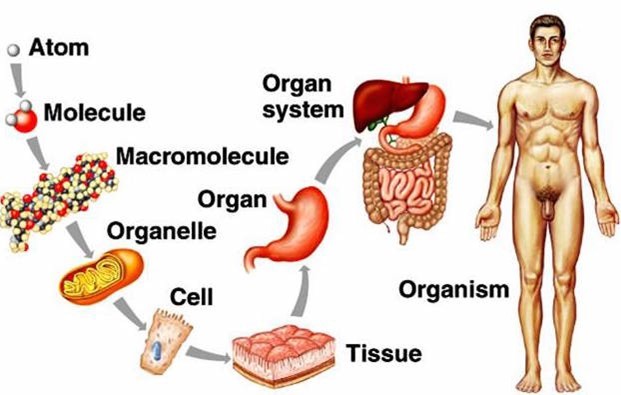Hematocrit is:
The color of plasma.
A disease.
A clotting factor.
The percent of red blood cells in a blood sample.
The Correct Answer is D
It is measured as part of a blood test and depends on the number and size of red blood cells. It is normally 40.7–50.3% for males and 36.1–44.3% for females.
Red blood cells contain hemoglobin, which transports oxygen and nutrients to the cells and tissues of the body.
Choice A is wrong because the color of plasma is not hematocrit.
Plasma is the liquid part of blood that carries blood cells and other substances.
Choice B is wrong because hematocrit is not a disease.
It is a test that can indicate conditions such as anemia or polycythemia.
Choice C is wrong because hematocrit is not a clotting factor.
Clotting factors are proteins that help the blood to clot and prevent bleeding.
Nursing Test Bank
Naxlex Comprehensive Predictor Exams
Related Questions
Correct Answer is C
Explanation

This list best illustrates the idea of increasing levels of complexity because it follows the biological hierarchy of organization from the simplest to the most complex units of matter.
Each level is composed of units from the previous level and has emergent properties that are not present in the lower levels.
Choice A is wrong because it reverses the order of organelles and cells. Organelles are subcellular structures that perform specific functions within cells.
Cells are the basic units of life that can carry out all the processes of living organisms.
Choice B is wrong because it reverses the order of tissues and organelles. Tissues are groups of similar cells that work together to perform a common function. Organelles are more basic than tissues and are found within cells.
Choice D is wrong because it reverses the order of organs and organelles.
Organs are structures composed of two or more types of tissues that perform a specific function or function.
Organelles are more basic than organs and are found within cells.
Correct Answer is C
Explanation
The conversion of fibrinogen to fibrin by thrombin is the final step in the formation of a blood clot.
Fibrin is a protein that forms a net-like structure that traps platelets and other blood cells, making the clot stronger and more durable.
Choice A is wrong because the formation of a prothrombin activator is the first step in the formation of a blood clot.
A prothrombin activator is a complex of enzymes that converts prothrombin to thrombin.
Choice B is wrong because the conversion of prothrombin to thrombin by the prothrombin activator is the second step in the formation of a blood clot.
Thrombin is an enzyme that converts fibrinogen to fibrin.
Choice D is wrong because tissue damage is not a step in the formation of a blood clot, but a trigger for the clotting process.
When blood vessels are injured, they release substances that activate platelets and clotting factors.
Whether you are a student looking to ace your exams or a practicing nurse seeking to enhance your expertise , our nursing education contents will empower you with the confidence and competence to make a difference in the lives of patients and become a respected leader in the healthcare field.
Visit Naxlex, invest in your future and unlock endless possibilities with our unparalleled nursing education contents today
Report Wrong Answer on the Current Question
Do you disagree with the answer? If yes, what is your expected answer? Explain.
Kindly be descriptive with the issue you are facing.
